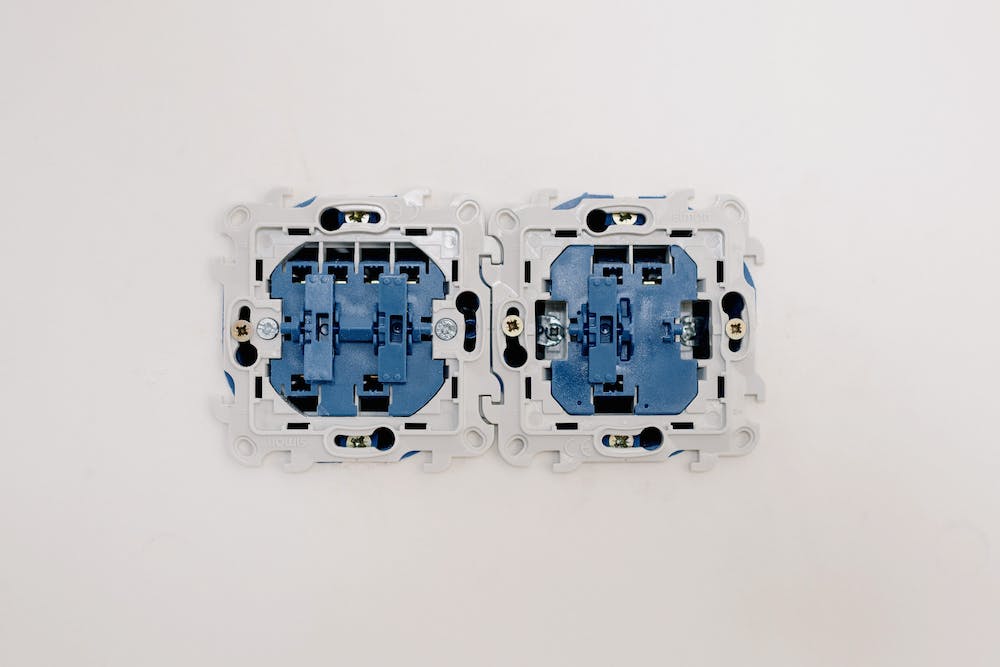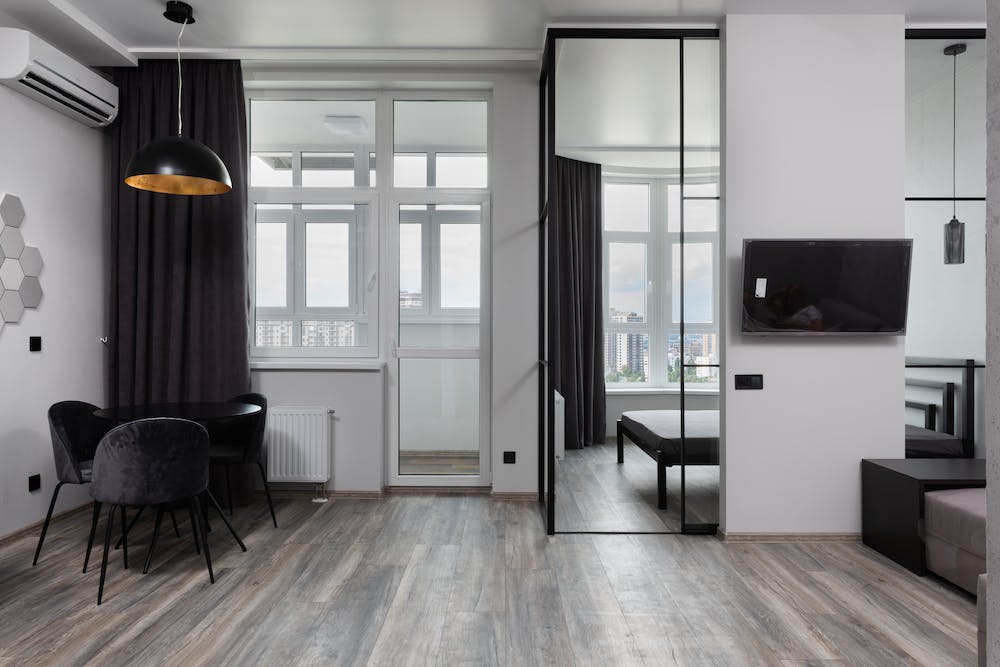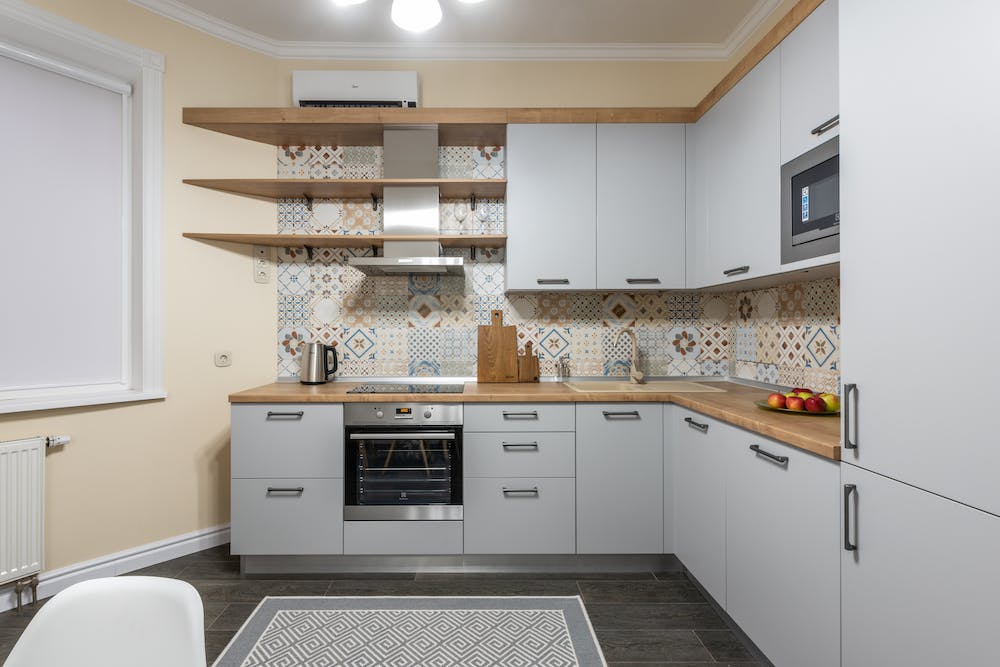“`markdown
“`
If you’re planning to upgrade your home’s heating and cooling system, you might be wondering how to choose the right HVAC system for your needs. HVAC stands for heating, ventilation and air conditioning, and it’s the system that keeps your home comfortable throughout the year. There are many types of HVAC systems available, and each one has its own advantages and disadvantages. In this blog post, we’ll give you some tips on how to choose the right HVAC system for your home improvement project.
 The first thing you need to consider is the size of your home. The size of your HVAC system should match the size of your home, otherwise you might end up wasting energy or having uneven temperatures. A system that is too small will struggle to keep up with the demand, while a system that is too large will cycle on and off frequently, reducing its efficiency and lifespan. To determine the right size for your HVAC system, you’ll need to calculate the heating and cooling load of your home. This is a measure of how much heat or cold your home needs to maintain a comfortable temperature. You can use online calculators or hire a professional to do this for you.
The first thing you need to consider is the size of your home. The size of your HVAC system should match the size of your home, otherwise you might end up wasting energy or having uneven temperatures. A system that is too small will struggle to keep up with the demand, while a system that is too large will cycle on and off frequently, reducing its efficiency and lifespan. To determine the right size for your HVAC system, you’ll need to calculate the heating and cooling load of your home. This is a measure of how much heat or cold your home needs to maintain a comfortable temperature. You can use online calculators or hire a professional to do this for you.
 The second thing you need to consider is the type of fuel source for your HVAC system. The most common fuel sources are electricity, natural gas, propane and oil. Each one has its own pros and cons in terms of cost, availability and environmental impact. For example, electricity is widely available and clean, but it can be expensive and prone to power outages. Natural gas is cheaper and more reliable than electricity, but it requires a gas line and produces greenhouse gas emissions. Propane and oil are similar to natural gas, but they require storage tanks and regular deliveries. You’ll need to compare the fuel sources available in your area and choose the one that suits your budget and preferences.
The second thing you need to consider is the type of fuel source for your HVAC system. The most common fuel sources are electricity, natural gas, propane and oil. Each one has its own pros and cons in terms of cost, availability and environmental impact. For example, electricity is widely available and clean, but it can be expensive and prone to power outages. Natural gas is cheaper and more reliable than electricity, but it requires a gas line and produces greenhouse gas emissions. Propane and oil are similar to natural gas, but they require storage tanks and regular deliveries. You’ll need to compare the fuel sources available in your area and choose the one that suits your budget and preferences.
 The third thing you need to consider is the type of HVAC system for your home. There are four main types of HVAC systems: split systems, packaged systems, ductless systems and geothermal systems. Split systems are the most common type of HVAC system, and they consist of an outdoor unit that contains the compressor and condenser, and an indoor unit that contains the evaporator and blower. The two units are connected by refrigerant lines that transfer heat between them. Split systems can be either air-source or water-source, depending on whether they use air or water as the heat transfer medium.
The third thing you need to consider is the type of HVAC system for your home. There are four main types of HVAC systems: split systems, packaged systems, ductless systems and geothermal systems. Split systems are the most common type of HVAC system, and they consist of an outdoor unit that contains the compressor and condenser, and an indoor unit that contains the evaporator and blower. The two units are connected by refrigerant lines that transfer heat between them. Split systems can be either air-source or water-source, depending on whether they use air or water as the heat transfer medium.
 Packaged systems are similar to split systems, but they contain all the components in one outdoor unit. They are usually installed on rooftops or in crawl spaces, and they connect to ductwork that distributes air throughout the home. Packaged systems are more compact and easier to install than split systems, but they may not be as efficient or flexible.
Packaged systems are similar to split systems, but they contain all the components in one outdoor unit. They are usually installed on rooftops or in crawl spaces, and they connect to ductwork that distributes air throughout the home. Packaged systems are more compact and easier to install than split systems, but they may not be as efficient or flexible.
 Ductless systems are also known as mini-split systems or multi-split systems, and they consist of one or more indoor units that connect to an outdoor unit via refrigerant lines. Each indoor unit has its own thermostat and fan, allowing you to control the temperature in different zones of your home. Ductless systems are ideal for homes that don’t have existing ductwork or that need supplemental heating or cooling in certain areas.
Ductless systems are also known as mini-split systems or multi-split systems, and they consist of one or more indoor units that connect to an outdoor unit via refrigerant lines. Each indoor unit has its own thermostat and fan, allowing you to control the temperature in different zones of your home. Ductless systems are ideal for homes that don’t have existing ductwork or that need supplemental heating or cooling in certain areas.
 Geothermal systems are the most energy-efficient type of HVAC system, but they are also the most expensive and complex to install. They use the earth’s natural temperature as a heat source or sink, depending on the season. They consist of a heat pump that connects to a series of underground pipes that circulate water or antifreeze. Geothermal systems can provide both heating and cooling for your home, as well as hot water.
Geothermal systems are the most energy-efficient type of HVAC system, but they are also the most expensive and complex to install. They use the earth’s natural temperature as a heat source or sink, depending on the season. They consist of a heat pump that connects to a series of underground pipes that circulate water or antifreeze. Geothermal systems can provide both heating and cooling for your home, as well as hot water.
 Choosing the right HVAC system for your home improvement project can be a daunting task, but it doesn’t have to be. By considering the size of your home, the type of fuel source and the type of HVAC system that best suits your needs, you can make an informed decision that will save you money and energy in the long run.
Choosing the right HVAC system for your home improvement project can be a daunting task, but it doesn’t have to be. By considering the size of your home, the type of fuel source and the type of HVAC system that best suits your needs, you can make an informed decision that will save you money and energy in the long run.
“`

